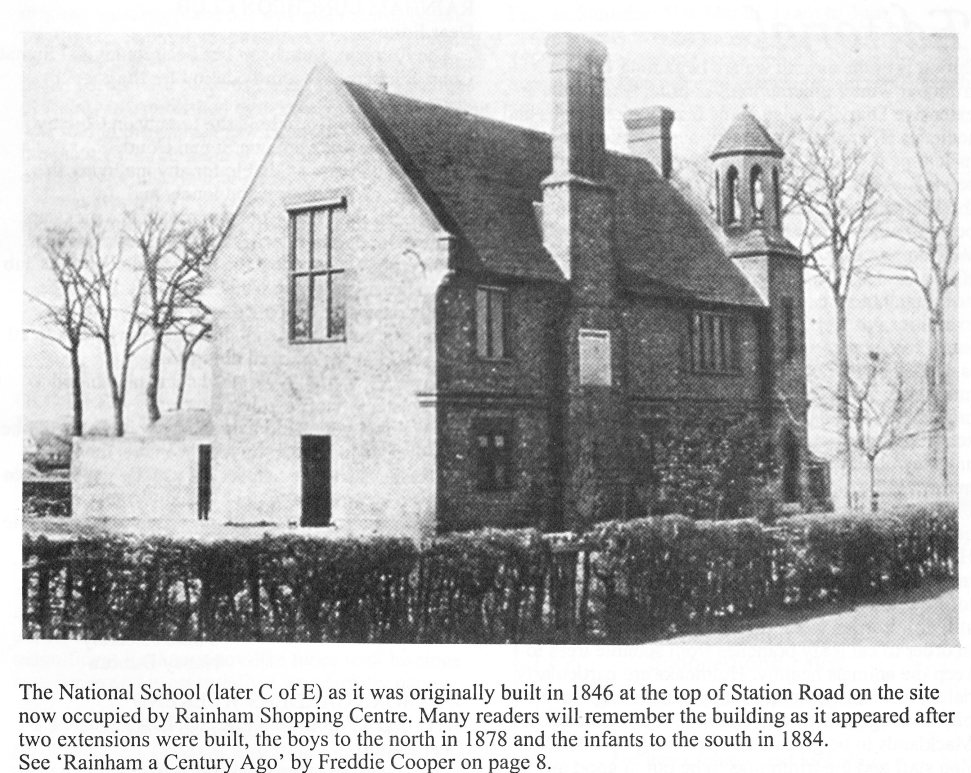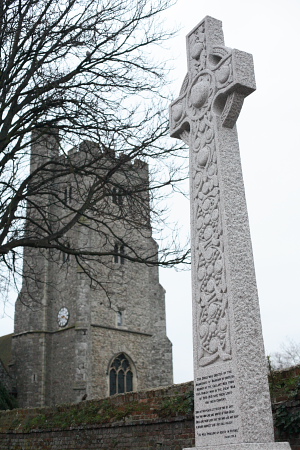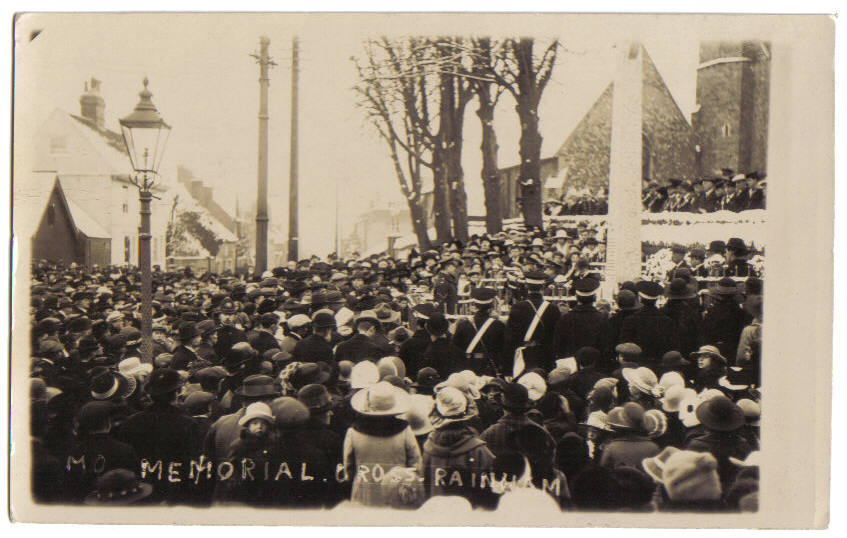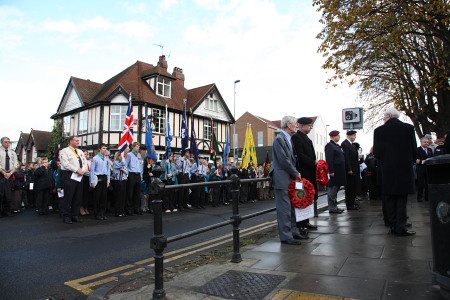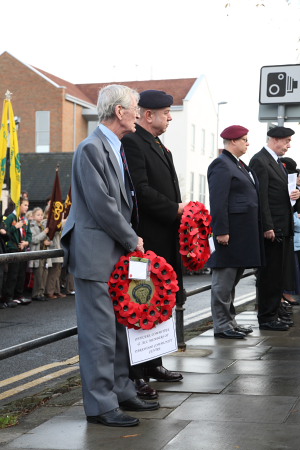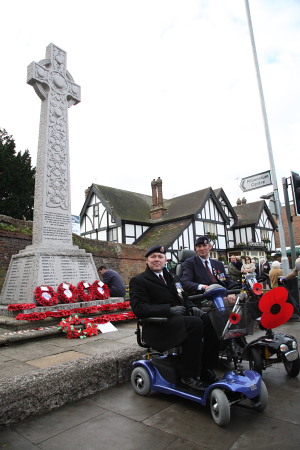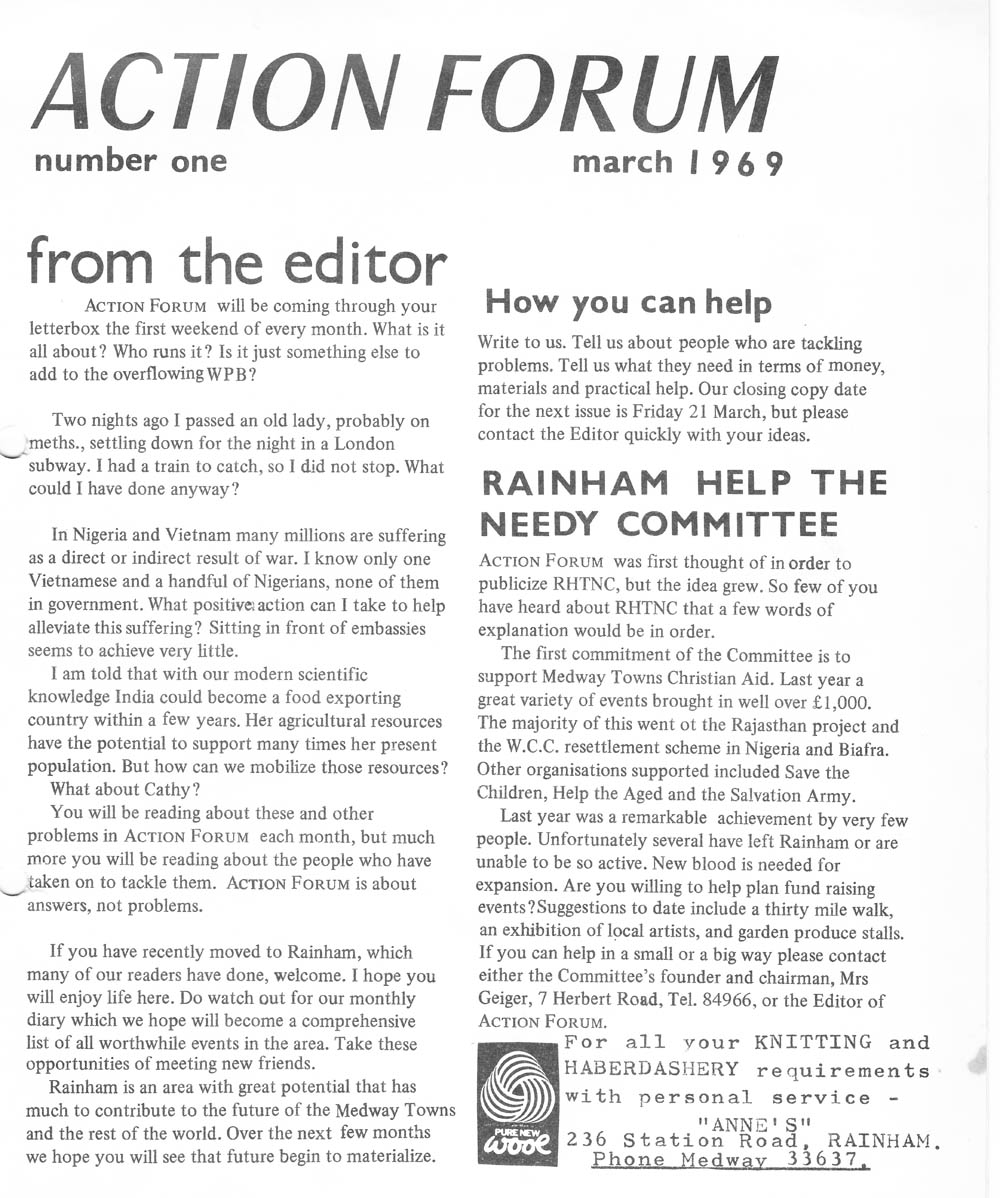THE CHANGING FACE OF RAINHAM Kent (Part 1)
THE CHANGING FACE OF RAINHAM
By Freddie Cooper, Action Forum November 2002
It was encouraging to see so many residents at Joe Ennis’s slide show depicting ‘Old Rainham’ and I was pleased to answer questions afterwards. I wonder if the obvious new interest in the history of our locality is being adequately catered for by present organisations. Many properties have been lost in the High Street and many more are likely to be fundamentally changed or demolished as residential development replaces business premises so I checked with the directory to compare the area depicted in most of the slides around the turn of last century.
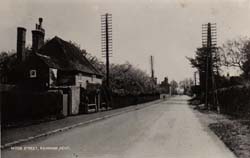
The population of Rainham in 1901 was 3,693 (probably around 40,000 for the same area now), employment was mainly in agriculture and brick or cement making, farming was in the doldrums and many residents were very poor as they were not paid for production lost due to inclement weather and most families had many more children than now. It was a make and mend society and few would travel outside of the village for purchases so Rainham shops would have provided every need and there was plenty of competition.
The High Street, going east, started at the Cricketers on one side and The White Horse opposite, all properties to the west were then in London Road and, like many of our roads at that time, neither were numbered so postmen had to quickly learn where everyone lived. The advertisements in Kelly’s Directory of 1908 give, perhaps, the best explanation of life just nine years before I was born and emphasise the origin of two of the most influential inventions of our time.
That for The White Horse quotes telephone number 10 and shows pictures of both a horse drawn charabanc for outings and a brake to transport residents or to collect commercial travellers from the station by appointment. It obviously took advantage of the new motorised travel as in addition to providing ‘Livery and Bait Stabling’ it also had a ‘Motor Garage and Pit’. The proprietor was Mr Charles Adie whose son Leigh succeeded him and I believe that grandson Ron continued later. Prior to the Adie’s Mr Sayer was ‘mine host’ and it was he who, it is said, planted a chestnut tree in front of the Church to commemorate the birth of each of his children.
The Cricketers had no advert in Kelly’s but that in The History of Rainham (Kent) by Edwin Harris published in 1917 was equally interesting. The proprietor Mr C.W. Shaw had taken oVer from Mr Harry Charles Taylor and advertised that it was ‘Home from Home’ and ‘the place to spend a pleasant holiday’. This hostelry also had ‘Stablmg and a Motor Garage’.
Mr Arthur Tucker, two doors down from Pudding Lane, was Watchmaker Jeweller and Optician and he advertised ‘table and pocket cutlery’, with ‘private room specially fitted out with the latest appliances for sight testing’.
Freddie Cooper



















































































































































